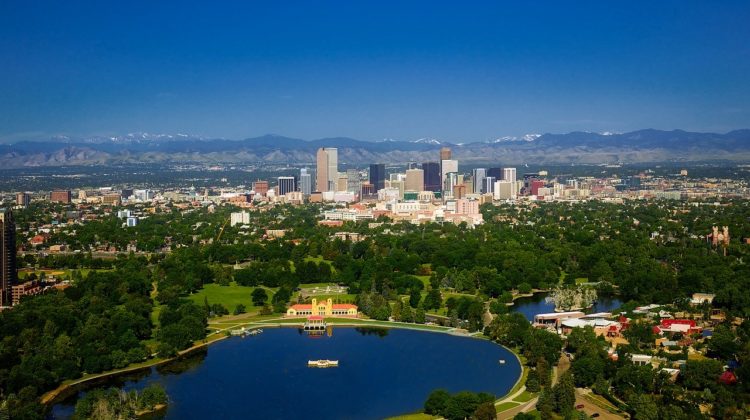
Denver’s thriving arts scene was headed for its best year yet.
When crowds of people return without fear to public events, they’ll be hungry for musicals and symphonies, street festivals and First Fridays. But ready and willing as they are, Denver’s best-known cultural nonprofits have grown increasingly nervous about their uncertain future.
For the past three months, social distancing and thousands of canceled events have ravaged one of the city’s most vulnerable sectors. Cultural nonprofits rely on fundraising, tax dollars and people buying tickets to support live dance, theater, music and visual art. Since March, all are at risk.
The metro-area’s arts scene had found a fragile stability in recent years, living in the sweet spot between population growth and skyrocketing rents. Some artists have been pushed out as their remade neighborhoods caught the eye of developers, while others saw investment and expansion, new audiences and critical acclaim.
These hard-won gains threaten to evaporate as costs mount, revenues continue to slide and artists lose their primary income. As of early May, a survey of America’s $800 billion arts and culture sector found nearly 62 percent of artists responding had become fully unemployed because of the pandemic, The New York Times reported.
In the metro area, thousands of people work for arts nonprofits that have only a few weeks of cash operating reserves left, according to the Scientific & Cultural Facilities District.
“The arts are one of primary magnets that attract people to the core of the city,” said Chris Coleman, executive director of the Denver Center for the Performing Arts’ Theatre Company. “They get people to eat in restaurants, stay in hotels, and shop in shops. But like sports teams or the Botanic Gardens, they’re also part of what make Denver what it is. They enrich our hearts and souls and provide a social network in a way that’s profoundly different than being online. … We’re cut off from all of those parts of our lives right now.”
Denver’s arts and culture scene has become increasingly vital to its residents. More people attend art events in Denver than any other city in the U.S., according to a recent National Endowment for the Arts study, and in a 2016 NEA study, the state ranked No. 1 in the percentage of residents who personally perform or create artworks. As a result, the state’s tourism marketing has over the last decade embraced Denver’s mixture of weird public art (hello, Blucifer and Big Blue Bear), world-class museum exhibitions, and touring Broadway shows as much as the Denver Broncos and Colorado’s 300 days of sunshine.
In 2017, arts and culture brought nearly $16 million into the state’s economy, according to a federal study. Arts and cultural production also support more than 100,000 jobs in the state each year.
The big question is: How much of a hit will the arts eventually take? And how will the loss of public cultural events affect a city that — finally and proudly — had changed its cowtown image? If we can’t cheer or mourn together in the same room, do we lose what makes us Denverites?
It’s a complex equation. When the coronavirus pandemic forced the cancellation of this year’s Cherry Creek Arts Festival, the problem wasn’t just that 300,000 attendees missed out on the region’s most popular annual art event, or that countless artworks would never get a chance to connect with viewers in-person.
In taking a year off, the event itself lost hundreds of thousands of dollars in revenue; Cherry Creek North, a landmark commercial district in Denver, lost its biggest marketing gimmick; and 265 painters, sculptors and photographers lost their most profitable gigs of the year.
